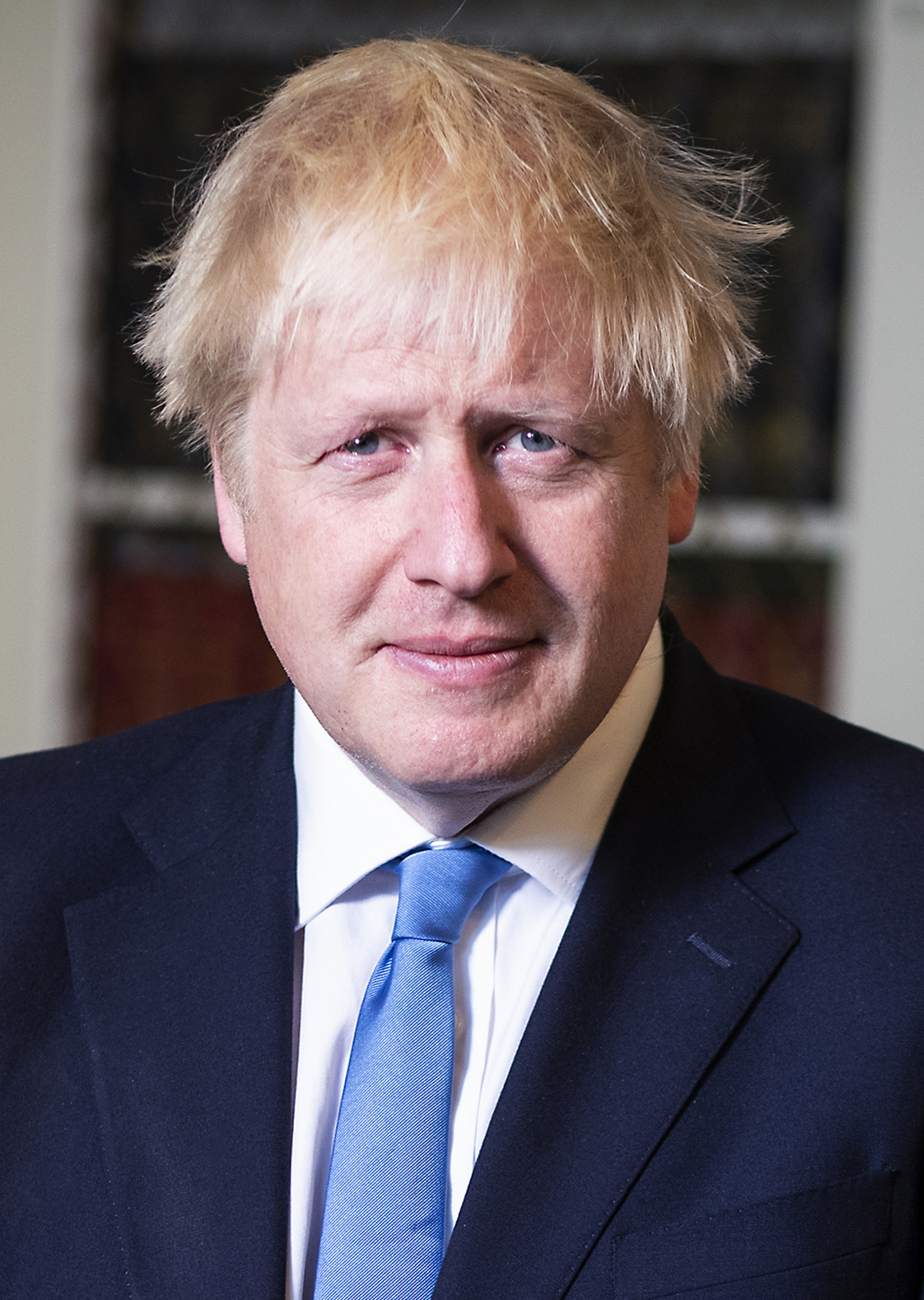Easter is a time of miracles, and I've decided to spend some time this Good Friday to make some calculations related to Boris Johnson's miraculous journey into intensive care last Easter. It's a miracle of science, and hence something that cannot be denied. That would reveal a lack of trust in science. It would make me a heretic and a science denier. As a man of science, I would never do such a thing.
Debate, doubt and mistrust belongs to the realm of religion. That's where we can express scepticism. In science, there's no room for dissent, and no need for it either, because everything can be proven through calculations. Let's therefore get straight to it and make some calculations to assess exactly how much of a miracle it was that Boris Johnson entered intensive care during Easter, only to be released from hospital on Easter Sunday, sufficiently fit to produce a video message.
First off, let's look at the mortality rate of people that have been so ill from the plague that they've entered intensive care. That figure stands at about 12%. This translates to a survival rate of 88%.
Next off, let's look at the total mortality rate in England. The number stands at a little under 200 per 100,000, or about 0.2%. That comes out as a survival rate of 99.8%. Boris Johnson was therefore quite unique in getting so ill that he needed intensive care treatment. People his age (55 at the time) don't normally get this ill. We can conclude from this that Boris Johnson was very ill during Easter last year.
Let's now look at the typical duration of a plague related intensive care visit. That number comes out at one to three weeks. Boris Johnson's stay was less than a week.
What's more, Boris Johnson's recovered remarkably quickly from his ordeal. The typical recovery time from plague related oxygen treatment is 2 to 8 weeks. Yet, Johnson shared a video message on Twitter on the day of his release from hospital, only days after his oxygen treatment. That's 7 to 28 times sooner than normal.
Then there's the curious coincidence of dates. The likelihood of being released from hospital on Easter Sunday after having had oxygen treatment only days earlier is very small. Yet it's undeniable that this happened. We must therefore conclude from a purely scientific perspective that what happened last Easter was nothing short of a miracle, and here's the calculation to prove it:
I know of only 3 political leaders who've been struck by the plague in the past year. They are Trump, Bolsonaro and Johnson. I know of a total of 20 or more such leaders. The odds of Johnson being struck in the first place is on this basis about 3/20.
Johnson got so sick that he required oxygen treatment, despite being a healthy 55 year old man. The chance of this happening, once sick in the first place, is about 1/20.
Johnson required less than three days to get off the oxygen treatment he receive while in intensive care. The chance of that happening is probably less than 1/10.
There are 365 days in a year. That puts the chance of Boris Johnson's release from hospital on Easter Sunday to about 1/200, considering that the plague has come and gone in waves.
Johnson recovered quickly, and was able to produce a coherent video message on the day of his release. That's probably less than 1/20.
We can now multiply the factors with each other to get the probability that such a sequence of events can occur in a plague year of the severity that we've been through:
P = 3/20 * 1/20 * 1/10 * 1/200 * 1/20 = 3/16 million, or less than one in five million.
On average, a world leader can be expected to perform Boris Johnson's miracle once every five million years, provided every year from now on has a plague of similar severity to what we've had. Considering that recorded human history is less than four thousand years, Johnson's experience stands out as a miracle to rival that of Jesus Christ himself.
So, why weren't more people sceptical?
I believe the clue to this is that every sub-event was in itself sufficiently plausible to have us accept it. However, the thing with probabilities is that they grow exponentially with each unlikely sub-event. What starts off as a coincidence, becomes a tall story, and then a miracle as one unlikely sub-event is added to another. What makes last year's event a miracle is that there were a total of five unlikely things all happening at the same time. That's too much to be considered a happy coincidence.
 |
| Boris Johnson |
By Ben Shread / Cabinet Office, OGL 3, Link
No comments:
Post a Comment